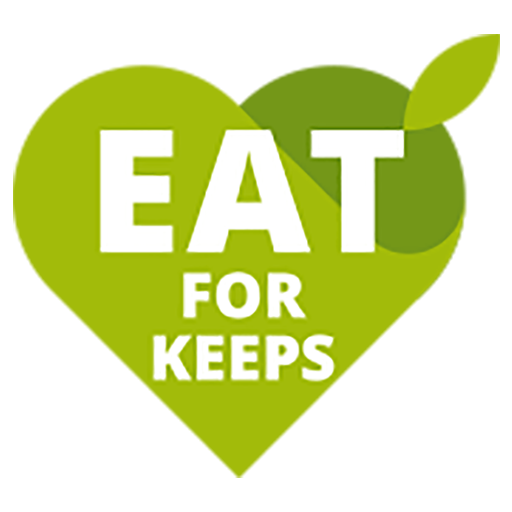Harvard’s glycaemic load principle could be a game changer!
Just like the vaccine is going to eventually give us some freedom from Covid-19, a similar antidote could deliver us the same result for all our weight and diabetes problems.
The saddest thing is, that this tool, invented by Harvard University nearly 30 years ago, is widely ignored by our own Ministry of Health, various diabetic organisations and other health professionals.
I’m going to tell you what this powerful tool is and how to use it to its best possible advantage.
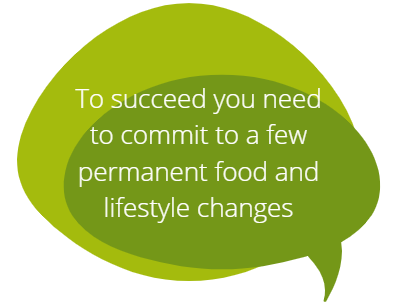
Permanent weight loss and improvements…
and sometimes a cure for type 2 diabetic conditions…
can be achieved with a few permanent food and lifestyle changes
How do I know this? Because for the past twenty years we have helped thousands of Kiwis achieve just this in a wide variety of settings, from patients of medical practices to staff of large companies like Fonterra.
Our carbohydrate excesses are well documented and at the heart of most of our weight and diabetes issues. This is how it works.
We need carbohydrate to provide glucose for energy. If we exceed the amount we need the excess is stored as fat.
Keep doing this year in year out and the mechanism for clearing the glucose from your bloodstream into your cells fails.
The problem is, this excess glucose damages your blood vessels. That’s why Type 2 diabetics can lose their eyesight and suffer amputations, strokes and dialysis… the list goes on.
It is a terrible disease and, like weight gain, easily avoided if you understand how to use Harvard Universities Glycaemic Load (GL) principle. To find out how to do this, enrol in our free, online course.
Now, let me tell you about a recent article which clearly illustrates how far off the mark we really are.
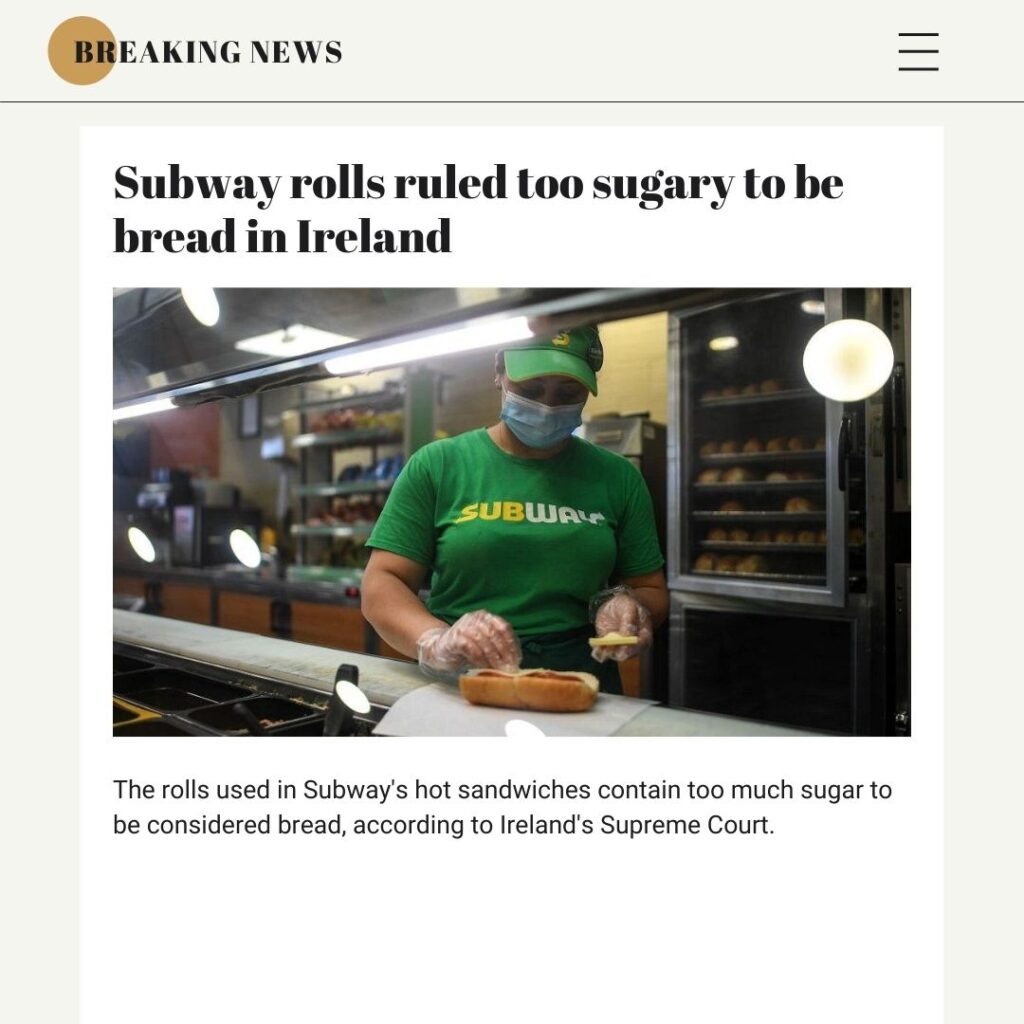
The headline cries “Subway rolls ruled too sugary to be bread in Ireland’ and various professional opinions are offered, all of them miss the main point.
Sugar has a GL of 7, but the rest of the bun has a GL of 27… nearly four times the GL of the sugar.
How can this be?
Well the biggest culprit is the finely ground white flour, a simple carbohydrate which digests quickly and makes heaps of glucose.
The same applies to cereals and many other foods. When you look at a cereal packet, check out both the sugar and the carbohydrate levels. Cornflakes have about 6 grams of sugar per 100 grams with a GL of 7. But the 80 grams of carbohydrate from the corn can have a GL of +50.
The Glucose Equation
Now that you know that too much glucose is the problem, and that it comes from carbohydrate, you are probably wondering how much glucose you need.
Harvard University have invented the perfect tool called the Glycaemic Load (GL) for doing this. For simplicity sake we are going to call this your Glucose Load, and we can give you an actual number for you to aim for.
We do not want you to have to count these points up daily, only to understand how it works, and be mindful of this with your food and drink choices.
Lets aim for a GL of 20 each for your main meals, and 10 each for say, two snacks, for a daily total of 80. Because you already have problems processing glucose, you do not want to exceed this, and you should aim to be below this number.
The following example will give you a much clearer picture of what you need to do.
Harry

Total GL
178
Breakfast
Cornflakes, milk, yoghurt, 1/2 banana, piece of white toast & jam, coffee with one sugar
Morning Tea
Muffin and a cup of tea
with one sugar
Lunch
4 Sushi rolls
and a glass of orange juice
Afternoon Tea
An apple
Dinner
Steak with a large helping of mashed potato and green vegetables, with a white bread roll
Lucy

Total GL
41
Breakfast
Porridge, teaspoon of honey, milk, one piece of heavy, grain bread with avocado, cup of tea
Morning Tea
Mandarin with a few nuts
Lunch
Afternoon Tea
Oat cake biscuit, with pickle and cheese, cup of green tea
Dinner
Pan fried salmon, a small potato and green vegetables, aioli sauce
Why the Difference?
What an incredible difference, and whilst Harry is awash in glucose and with high blood-sugar levels, Lucy still seems to be eating plenty?
Lets compare some of the key elements of each meal and snack and you will soon see the pattern.
Breakfast – Cornflakes versus rolled oats.
The former is light and crunchy and contains up to 75% simple carbs. Rolled oats is about 50% complex carbs and has slow-digesting grains. GL of 30 v 3.
White toast at 11 v 6 for the grain bread. Half a banana is 6.
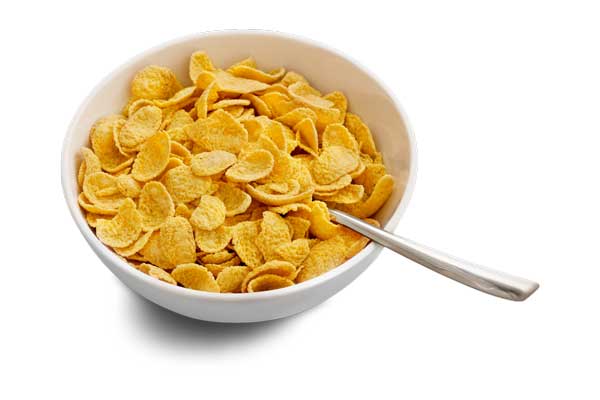
GL = 30
Or...
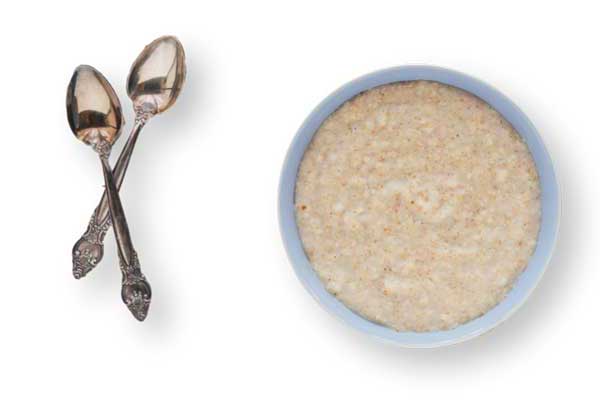
GL = 3
Morning Tea – Muffin v mandarin and nuts.
The Muffin has an average GL of 28, the mandarin 3, and nuts 0. The muffin has high levels of white flour full of fast-digesting simple carbs.
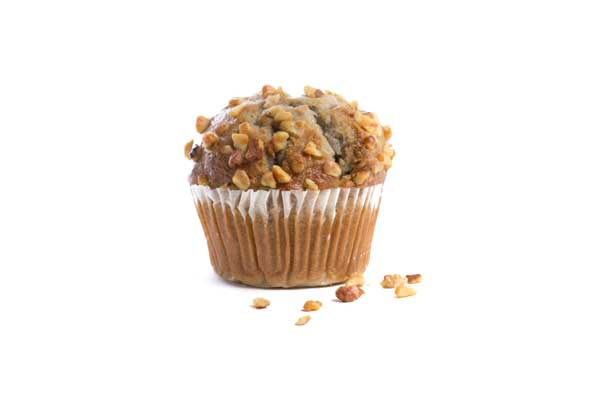
GL = 28
Or...
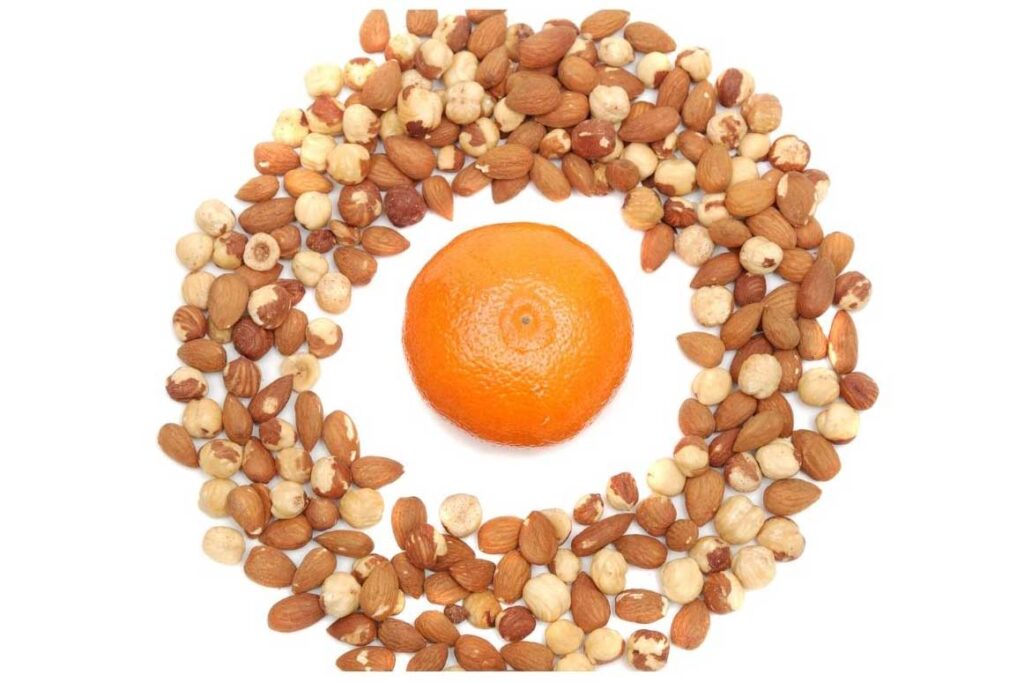
GL = 3
Lunch
Each Sushi roll has a GL of 9 because of its sticky white rice, but poached eggs and avo are 0, and grain bread 6.

GL = 36
Or...
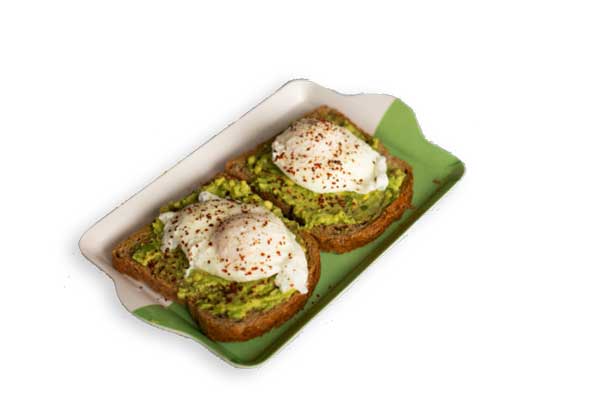
GL = 6
Note : Ths daily total GL of 80 we are using is only a guide. People with hard physical occupations like most tradespeople and professional athletes will have a much greater need for glucose and correspondingly higher GL’s, whereas a middle aged sedentary worker with diabetes will need a much lower GL total.
So What Should We Do?
Move our focus from the sugar content to the total carbohydrate content. But with this caveat – it makes total sense to use sugar sparingly.
How Should We Do It?
Most weight loss or diabetes-related programmes are either fads or just another “diet. They mostly involve restrictions or prescribed way of eating. We’ve found that people who follow these methods learn nothing.
With EFK we don’t do this. While it may sound counterintuitive, there are no restrictions or a prescribed method to follow.
In our experience we have found that most people are just plain confused about nutrition and what they should be eating and drinking.
What we do is to help them to understand how and why they have diet-related issues and provide them with the tools to do something about it.
The Glycaemic Load principle is at the heart of this. It’s so amazing to watch the transition from confusion to clarity and see people become confident in their food choices.
The benefits are often life-changing
- significant weight loss
- reduced or reversed reliance on sleep apnoea devices
- improved medical markers like blood-pressure
- a return to safer blood-sugar levels for pre-diabetics and Type 2 diabetics
We need to move away from narrowly-focused, prescriptive and calorie-restricted diets, which don’t take individual requirements into account.
Join Our FREE Online Programme – The EFK Method
weight-related and diabetes-related issues.It’s a simple, practical guide and takes less than one hour to complete.
Get started now and tell all your friends and family about it.
